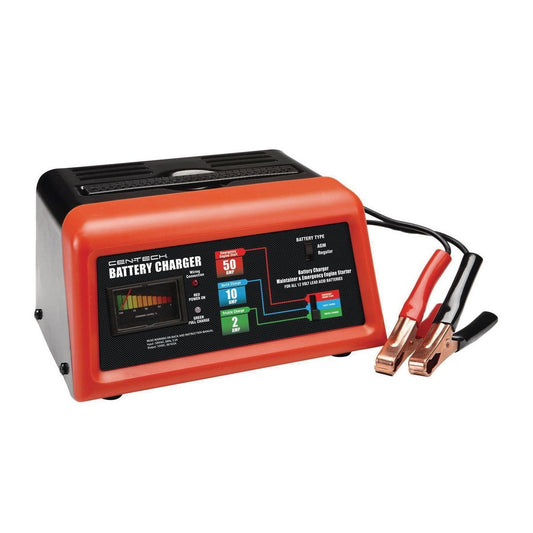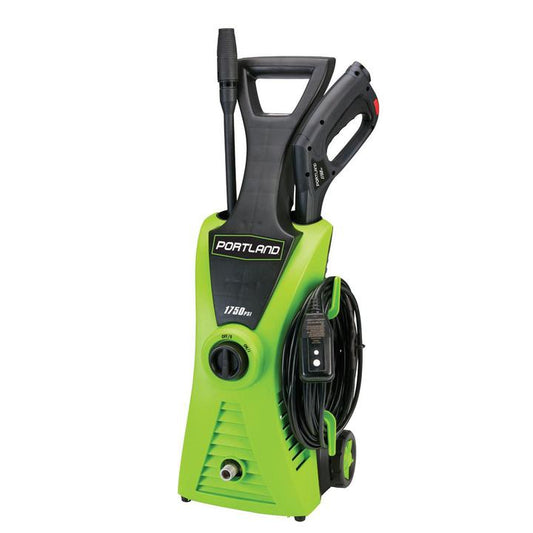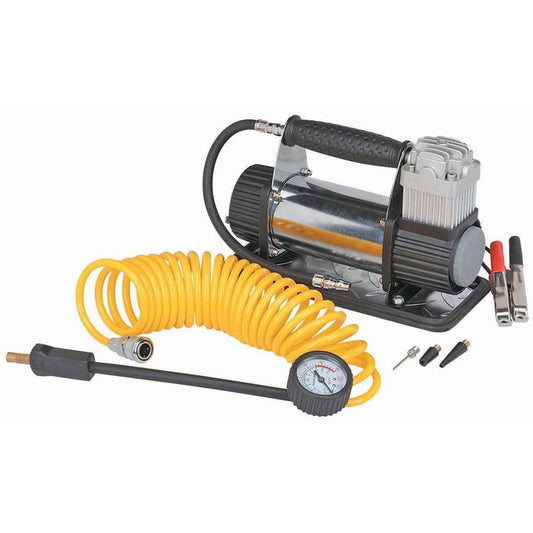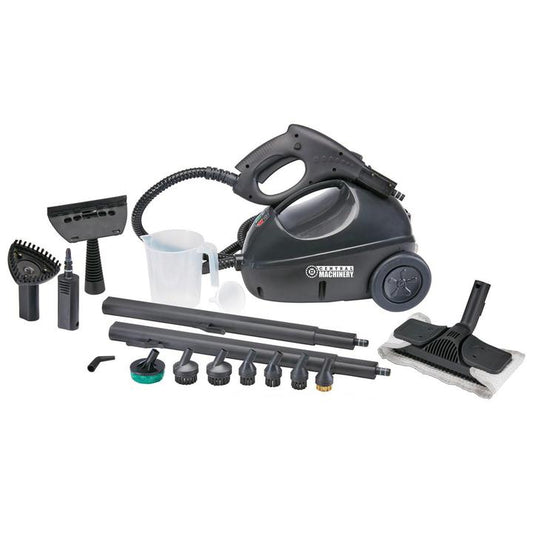Liquidation 40%-75%
-
12V Automatic Charger 2/10/50 Amps - CEN-TECH
Regular price From $26.50 CADRegular priceUnit price / per$52.99 CADSale price From $26.50 CADSale -
1750 PSI Pressure Washer - Portland
Regular price From $60.99 CADRegular priceUnit price / per$121.99 CADSale price From $60.99 CADSale -
Compact 12-volt 150 psi air compressor - PITTSBURGH
Regular price From $37.79 CADRegular priceUnit price / per$62.99 CADSale price From $37.79 CADSale -
3500/4375w, 212cc (6.5HP) Generator - Predator
Regular price From $263.99 CADRegular priceUnit price / per$439.99 CADSale price From $263.99 CADSale -
1500 Watt Steam Cleaning Kit - Central Machinery
Regular price From $59.99 CADRegular priceUnit price / per$99.99 CADSale price From $59.99 CADSale -
Extreme Torque Electric Impact Wrench, 1/2 in., 1050 ft-lb. - BAUER
Regular price From $59.99 CADRegular priceUnit price / per$119.99 CADSale price From $59.99 CADSale -
2.5 CFM PITTSBURGH Vacuum Pump
Regular price From $44.99 CADRegular priceUnit price / per$89.99 CADSale price From $44.99 CADSale -
3-Speed Portable Fan - 300 CFM - Central Machinery
Regular price From $32.99 CADRegular priceUnit price / per$54.99 CADSale price From $32.99 CADSale -
Professional MIG 140 welder with 120 volt input TITANIUM
Regular price From $149.99 CADRegular priceUnit price / per$449.99 CADSale price From $149.99 CADSale -
2000 Watt Continuous/4000 Watt Modified Sine Wave Inverter - JUPITER
Regular price From $89.99 CADRegular priceUnit price / per$149.99 CADSale price From $89.99 CADSale -
1800 Watt Portable Gasoline Generator - Predator
Regular price From $179.99 CADRegular priceUnit price / per$299.99 CADSale price From $179.99 CADSale -
750/1500 Watt Modified Sine Wave Inverter - JUPITER
Regular price From $34.99 CADRegular priceUnit price / per$69.99 CADSale price From $34.99 CADSale
How to choose the right generator for your needs
We present to you a detailed guide with 5 tips for choosing the generator that best suits your needs.

1. Know the power you need
You have to know what devices you will connect to the generator to calculate the maximum power you need.
We can distinguish equipment into two types: induction and resistance.
-
Induction equipment: These are those powered by an electric motor (drill, saw, electric pump, compressor, etc.), which require a starting power 2 to 4 times greater than the nominal power. You must take into account that some electric motors even require up to 6 times more than the nominal power when starting.
To calculate the power required, you must multiply the rated power of the device by the starting coefficient. For example: If a 400W refrigerator needs 5 times more starting power, therefore, you need a minimum 2000W generator (see more examples in the grid at the bottom). Once you have the calculation of each piece of equipment that we are going to connect to the generator, you need to add them all up to get the total value of the power requirements.
- Resistance equipment: These are devices which consume active power (incandescent lamps, electric heating, kitchen hob, etc.) and pose no problem for generators, because they completely transform the absorbed power into light or heat, consequently, the Multiplier factor is always 1. For example: a 1000 W electric heater, starting absorbs the same power, 1000 W.
As you can see, knowing the rated power of the devices that you are going to connect to the generator is an essential condition.
To take into account: What is the difference between the nominal power and the maximum power of a generator?
- Power rating refers to the power with which the generator can work continuously.
- There Maximum power refers to the maximum load it can support.
2. Choose the quality of energy
In addition to starting power, you need to know the quality of energy required by the devices you are going to connect:
- The simplest power tools do not require any particular quality of energy.
- Electronically controlled electrical equipment requires precise maintenance of the voltage and frequency of the current supplied.
To adjust the energy distribution, there are two types of electronic devices:
- AVR (Automatic Voltage Regulator) : This is an electronic device that regulates the voltage of the alternator. It is recommended to opt for this device for equipment sensitive to voltage variations, such as equipment with strong electronic technology (computer, cash register, HIFI sound system, TV, etc.).
- INVERTER : It is an electronic device capable of transforming direct current into alternating current at a determined voltage and frequency. Thus, this type of generator guarantees the best technology to protect all types of tools. It offers clean power, quieter operation and lower fuel consumption.
3. Know where you are going to use the generator
Depending on the use and its location, we can opt for a generator with an open or soundproof design.
- An open generator can be used when noise is not a real problem for people or animals. Regulations may vary from location to location. It is normally acquired by campsites or public places.
- For this reason, he is recommend the use of soundproof equipment , which is increasingly in demand. They are the best option in any type of application: residential areas, work on public roads, farms with animals, camping, etc.
4. What supplements may be useful to you?
- Carrying kit : The transport kit, equipped with a carrying handle and wheels, makes transport much easier. It is a recommended complement if the generator does not have a fixed location.
- Electric start : The engine starts on battery with a simple button.
- Electrical entrance for generator : If you want to power your entire house, you can contact an electrician and have an entrance installed to your original electrical panel allowing it to be used safely.
- Automatic panel : It allows you to transform the generator into an alternative energy source in the event of an energy malfunction.
-
Remote start by signal : If you have decided to switch to solar energy, it is interesting to ask yourself the question concerning the use of a generator as support for the installation, so that the latter assumes the distribution of energy in the case where the batteries would consume their reserves. When choosing a generator to support a solar plate installation, you must take into account whether you want it to start automatically when the batteries are low, or whether you prefer to start it yourself. If you opt to automate the group, the latter must have pre-installed remote start without signal.
Here is a guide that might be useful for you to check the estimated energy consumption of your devices. You will still need to check with the model of your device to have its exact consumption.













